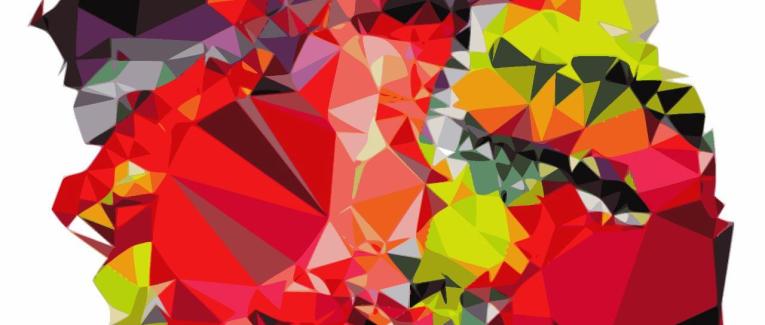
The Dynamic Abstraction of Nicolas Longo
 2 min
2 min
The Dynamic Abstraction of Nicolas Longo
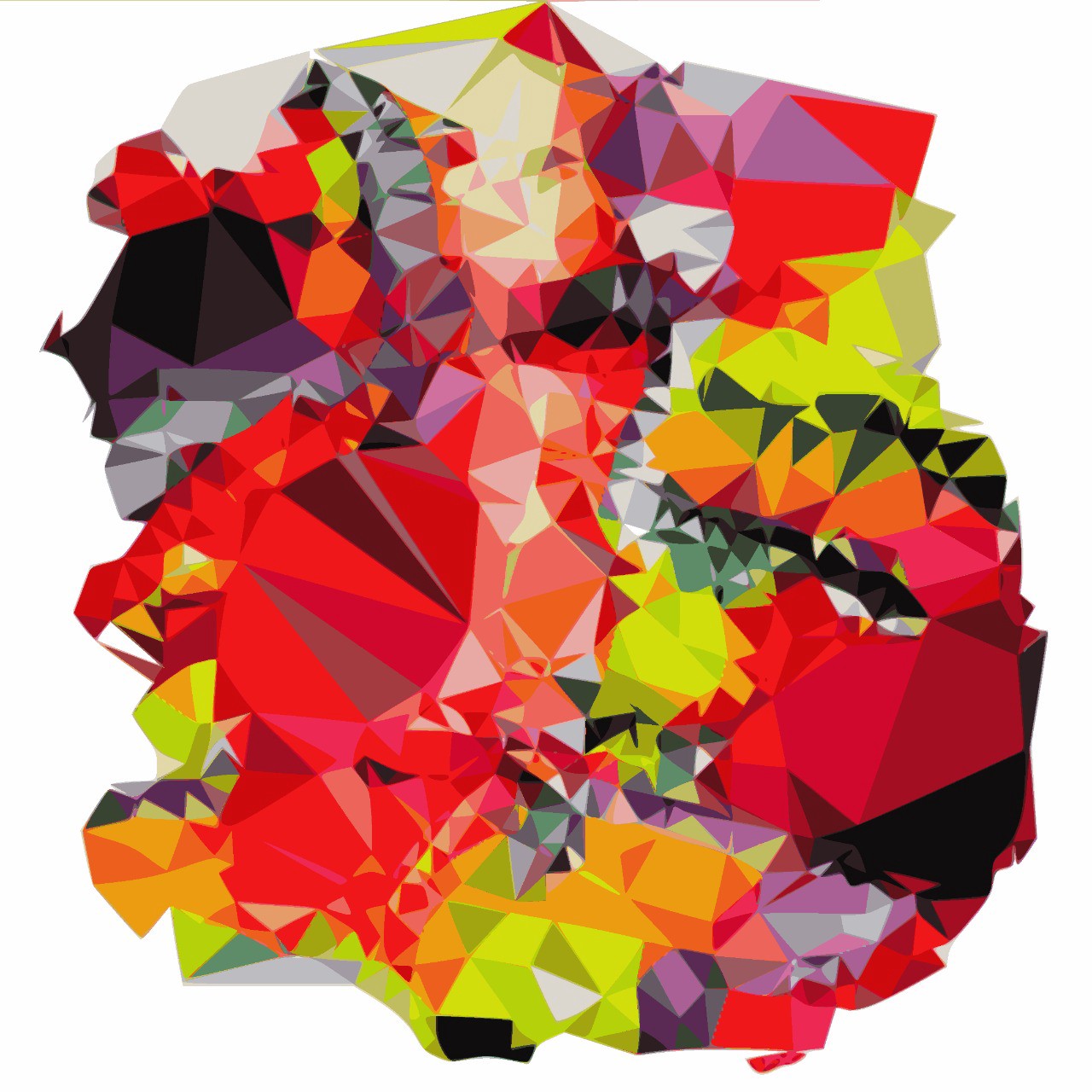
The Dynamic Abstraction of Nicolas Longo
By Claudia Moscovici
I don’t know if Nicolas Longo likes to be compared to other artists. Many artists don’t, yet nobody lives in a cultural vacuum. As an art historian and art critic, I try to describe the innovations of new artists in terms of the legacies of the past. Nicolas Longo is a young Argentinian artist. He started painting Abstract art at the age of twelve, growing up in the age of digital art and the Internet. His geometric art seems to come to life: the abstract shapes pile up, one upon the other, in multiple dimensions and countless angles, beckoning to the viewer with their vivid colors.
In Longo’s art we can see traces of Piet Mondrian’s obsession with primary colors and simple geometric shapes, which the artist viewed as spiritual basics. As Mondrian famously stated in 1914: “Art is higher than reality and has no direct relation to reality. To approach the spiritual in art, one will make as little use as possible of reality, because reality is opposed to the spiritual. We find ourselves in the presence of an abstract art.” Perhaps echoing this idea, Longo observes: “I feel that the common trait in contemporary art is having nothing to say. I only focus on painting until my hands burn.”
While Longo’s artwork makes no claim to mirroring or expressing reality, it certainly evokes emotion. His vivid colors—bright reds, deep purples, and strident neon greens--clamor for our attention. Their geometric shapes burst unto the screen in a manner foretold but perhaps not fully imagined by Pablo Picasso’s Cubism, which depicted objects—and subjects—in terms of their underlying, simpler geometric shapes while allowing the viewer a fuller, richer three dimensional perspective from several angles. Multiply that Cubism by a hundred and you get Nicolas Longo’s dynamic Abstraction: a geometry bursting at the seams, moving with a mesmerizing force in a dance of color and form that overwhelms the senses and tantalizes the imagination.









 English
English
 Français
Français
 Deutsch
Deutsch
 Italiano
Italiano
 Español
Español



 Colaborar
Colaborar
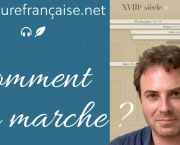
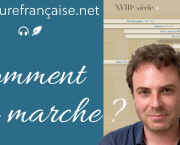

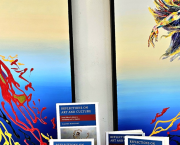
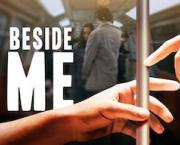
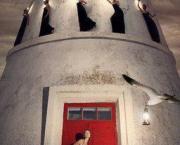
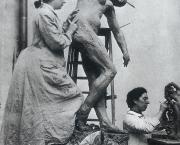
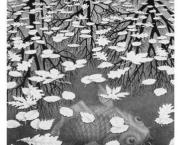
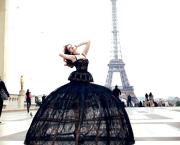


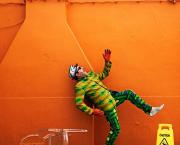

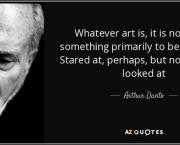

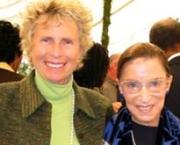
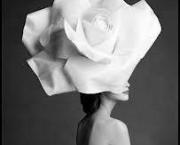
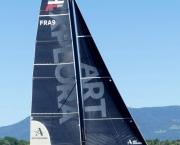

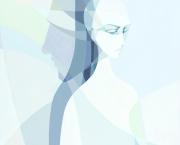

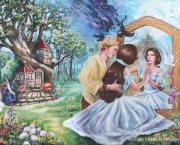
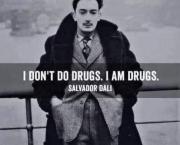
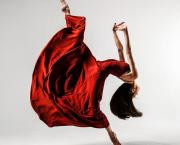
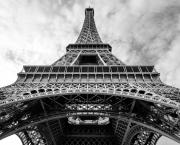
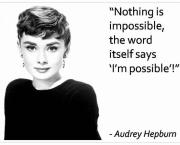


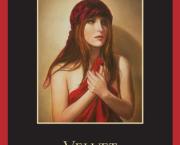

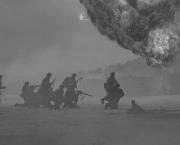
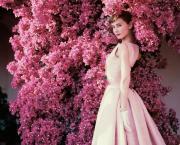
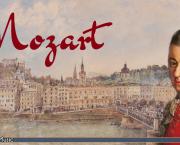
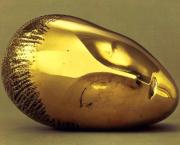
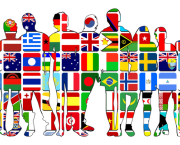
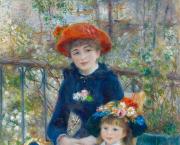
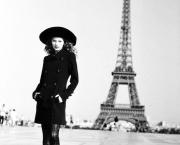
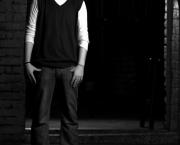
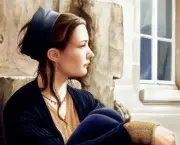



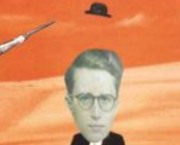


 Puedes apoyar a tus escritores favoritos
Puedes apoyar a tus escritores favoritos





